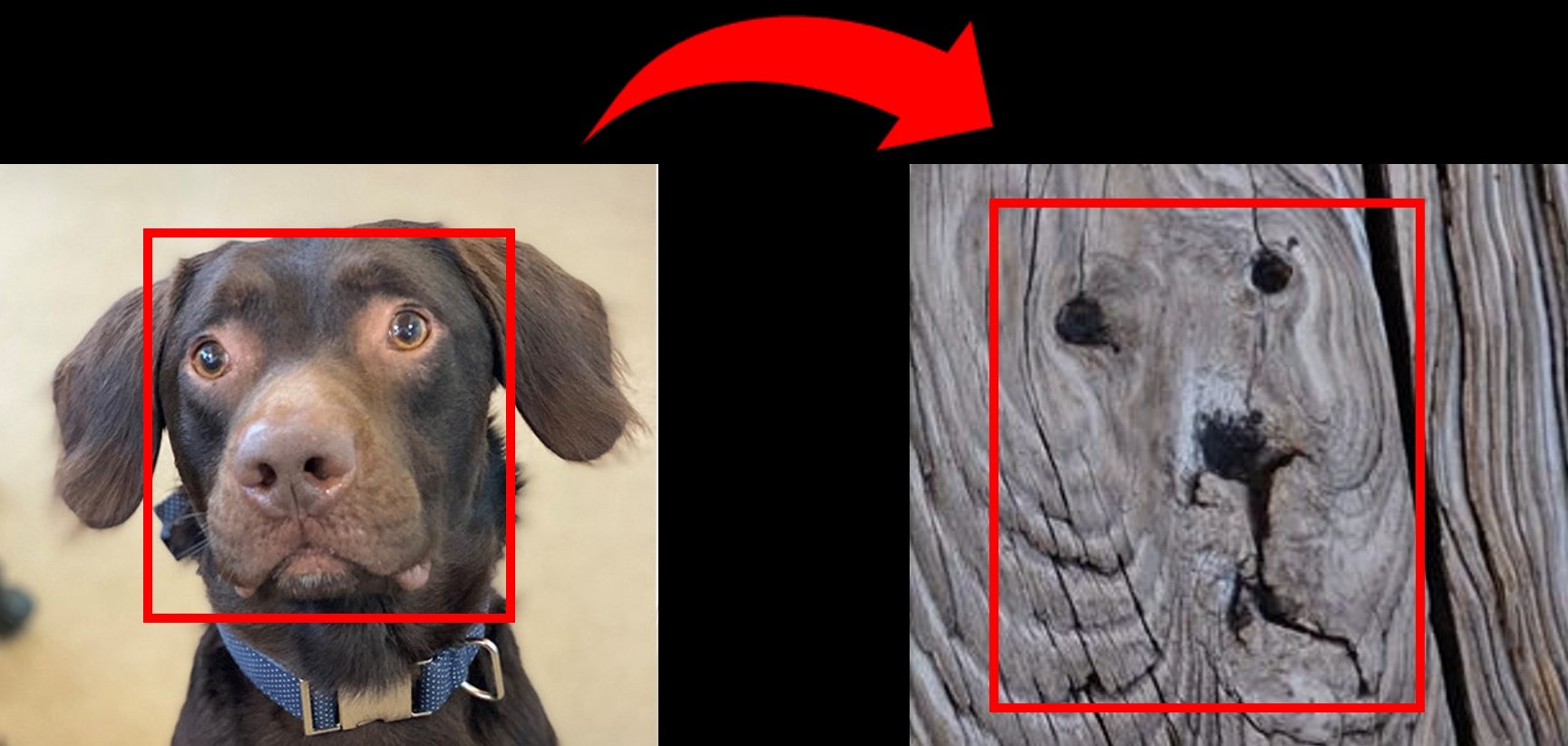2024-09-30 マサチューセッツ工科大学(MIT)
<関連情報>
- https://news.mit.edu/2024/ai-pareidolia-can-machines-spot-faces-in-inanimate-objects-0930
- https://arxiv.org/abs/2409.16143
モノの中の顔を見る: パレイドリアのモデルとデータセット Seeing Faces in Things: A Model and Dataset for Pareidolia
Mark Hamilton, Simon Stent, Vasha DuTell, Anne Harrington, Jennifer Corbett, Ruth Rosenholtz, William T. Freeman
arXiv Submitted on 24 Sep 2024
DOI:https://doi.org/10.48550/arXiv.2409.16143

Abstract
The human visual system is well-tuned to detect faces of all shapes and sizes. While this brings obvious survival advantages, such as a better chance of spotting unknown predators in the bush, it also leads to spurious face detections. “Face pareidolia” describes the perception of face-like structure among otherwise random stimuli: seeing faces in coffee stains or clouds in the sky. In this paper, we study face pareidolia from a computer vision perspective. We present an image dataset of “Faces in Things”, consisting of five thousand web images with human-annotated pareidolic faces. Using this dataset, we examine the extent to which a state-of-the-art human face detector exhibits pareidolia, and find a significant behavioral gap between humans and machines. We find that the evolutionary need for humans to detect animal faces, as well as human faces, may explain some of this gap. Finally, we propose a simple statistical model of pareidolia in images. Through studies on human subjects and our pareidolic face detectors we confirm a key prediction of our model regarding what image conditions are most likely to induce pareidolia. Dataset and Website: this https URL




